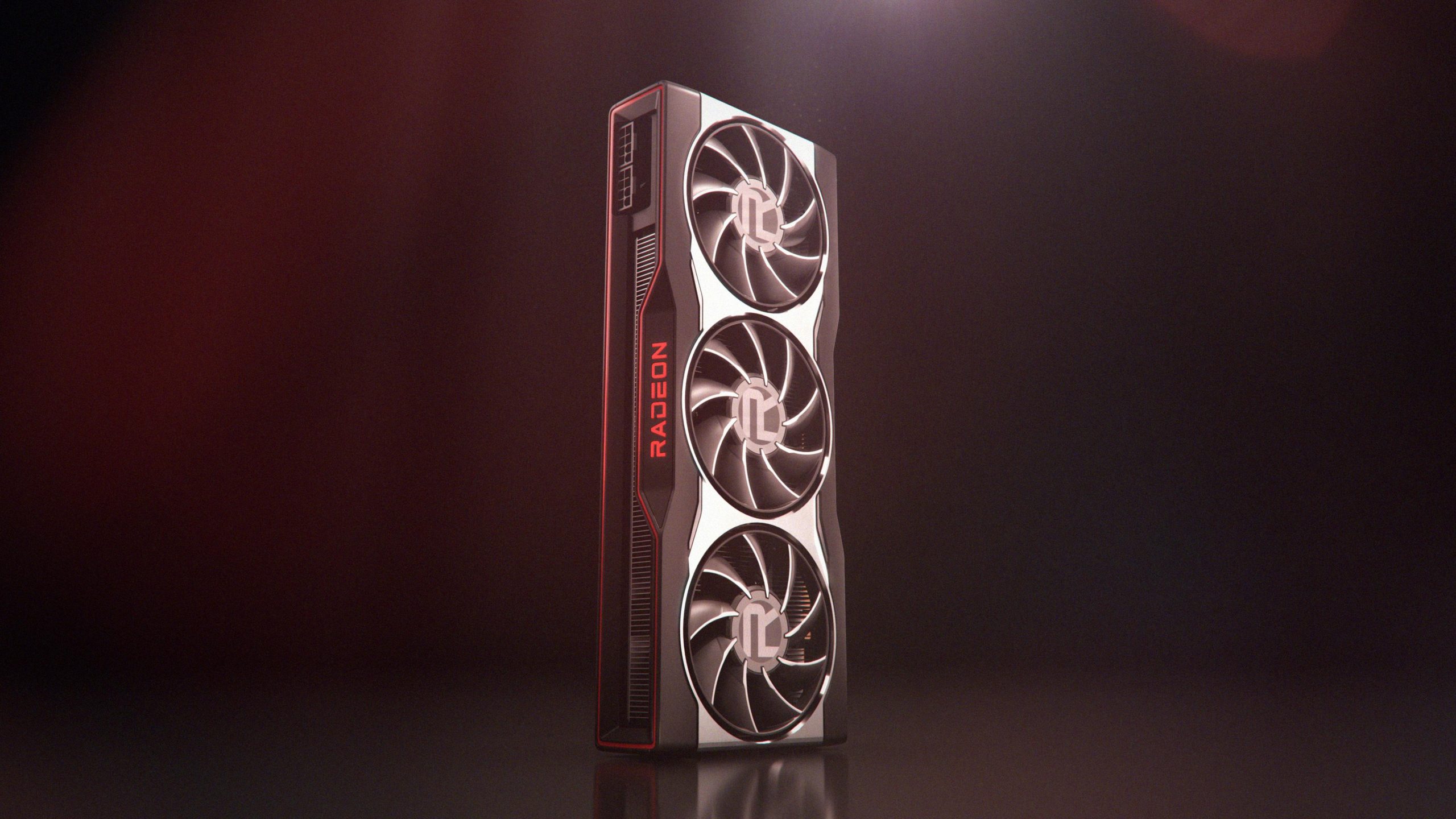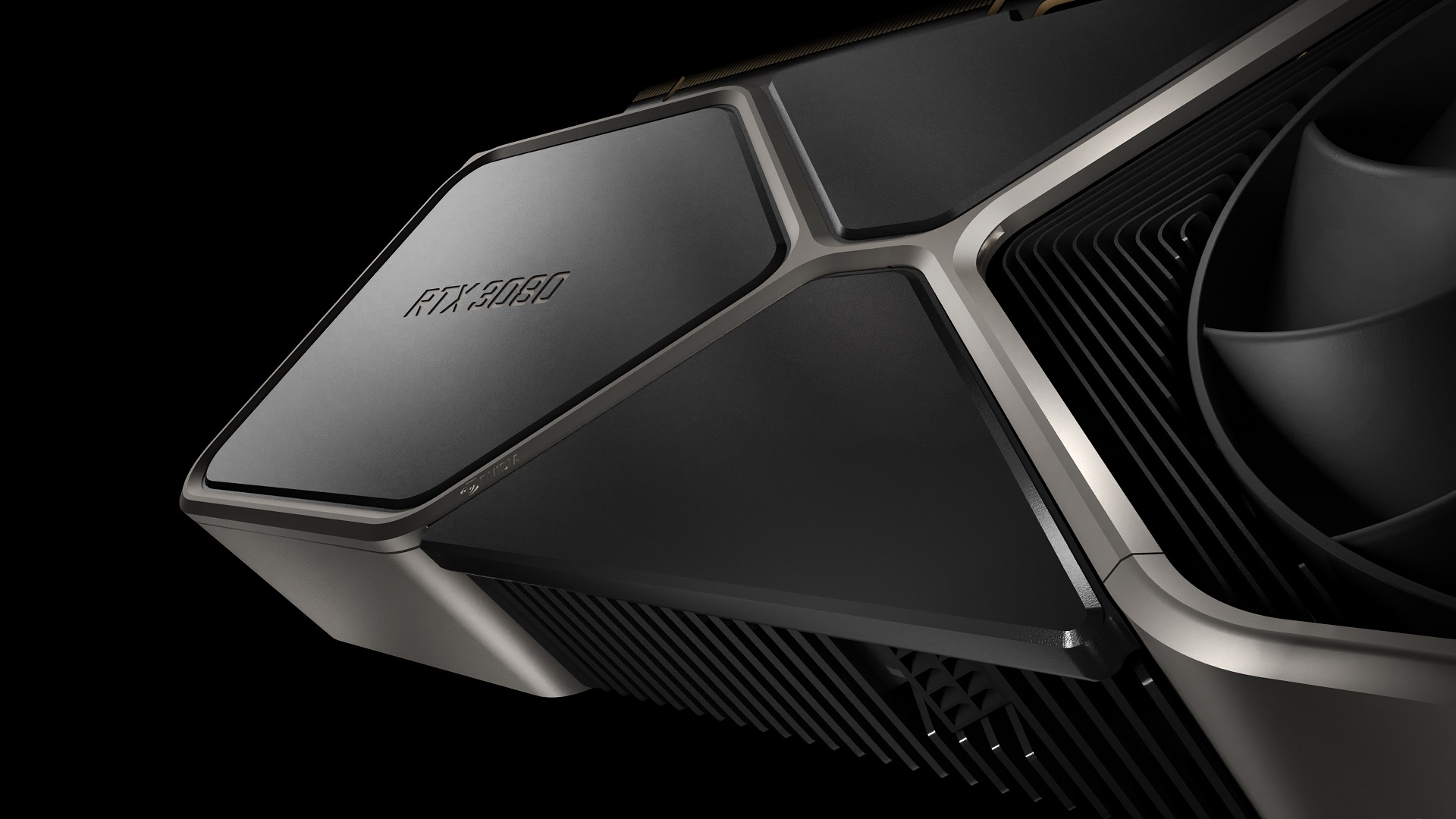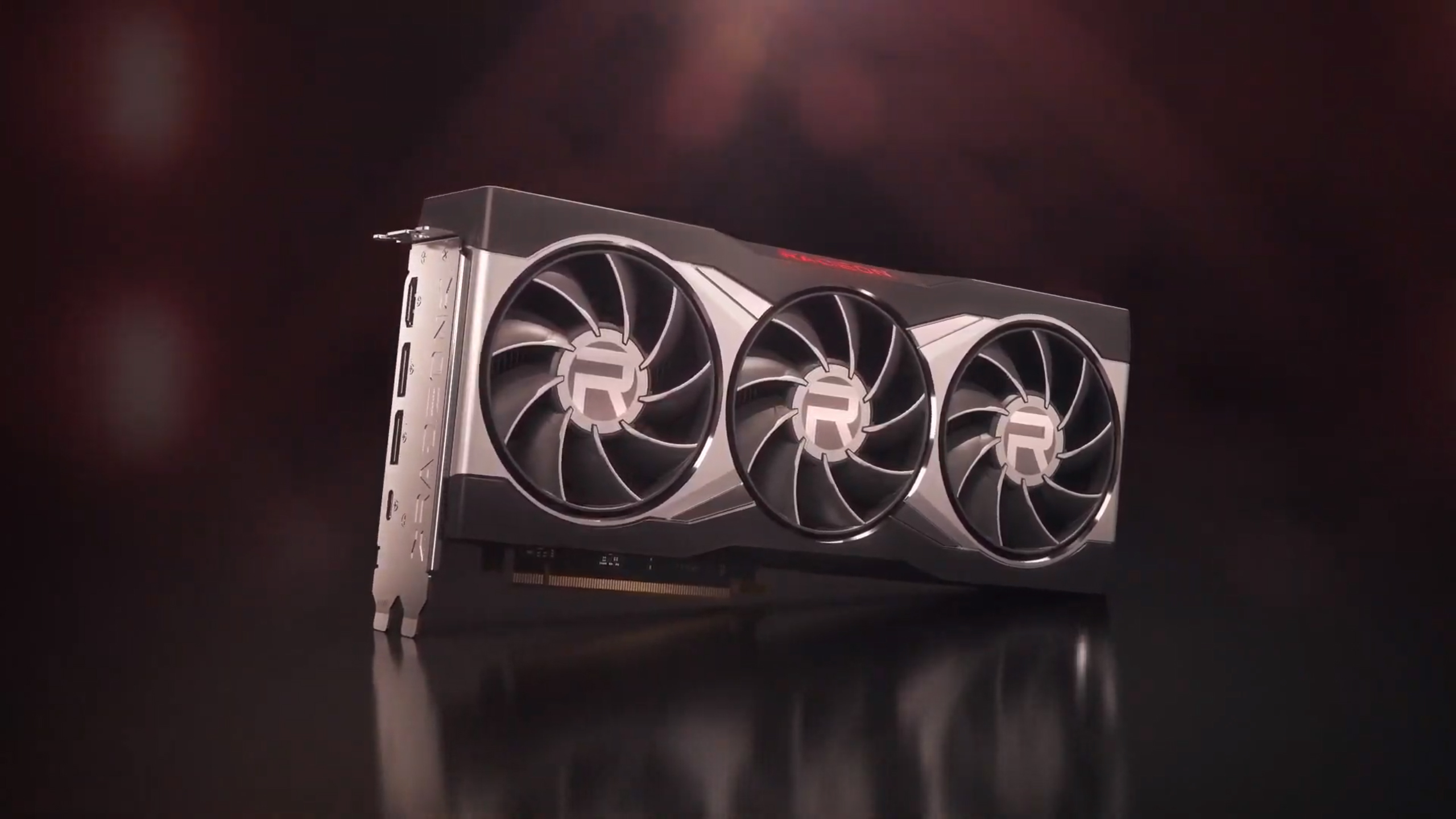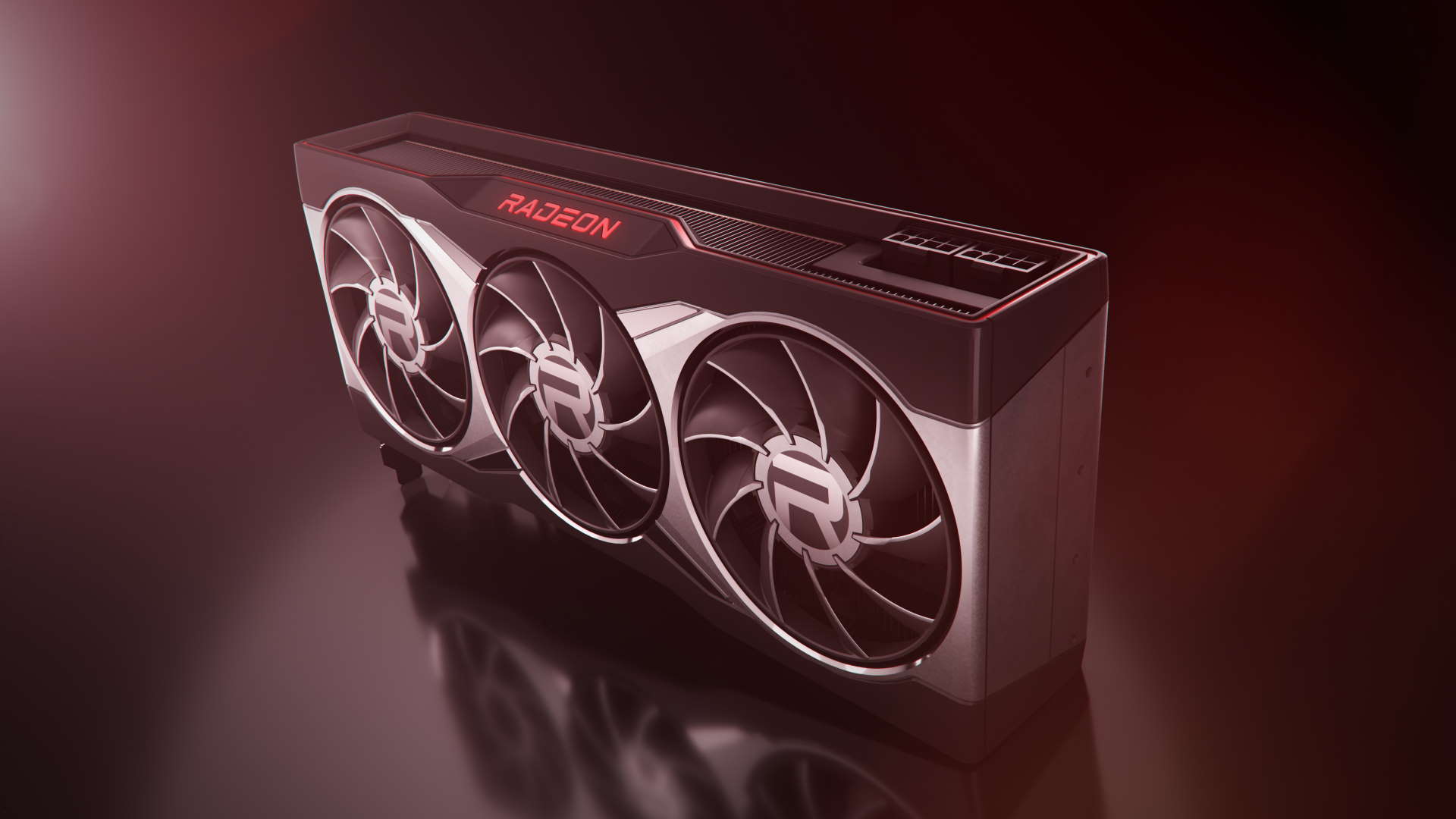
AMD has announced its much anticipated Big Navi graphics card, with the Radeon RX 6800 priced at $579 and the top-end 6900 XT at $999, around 50% less than the similarly performing GeForce RTX 3090. While the performance seems solid, more or less on par with the competing RTX 30 series parts, there are a few things you ought to know about the new GPUs before you decide which one to buy:
Big Navi Performs Better at 1440p Compared to 4K
Although the Radeon RX 6000 graphics cards are capable 4K parts, they generally perform more consistently at 1440p compared to the rival GeForce RTX 30 series offerings. That is primarily because NVIDIA’s GPUs feature a wider bus (320-bit for the RTX 3080 and 384-bit for the 3090) and GDDR6X memory, both of which together offer significantly more bandwidth than the Navi 2x parts. Bandwidth matters more at higher resolutions as you’re constantly buffering in large texture assets to and from the VRAM buffer.
The Radeon RX 6800 XT is the Sweet Spot and Likely the Next Bestseller
While all three GPUs are decent products, in terms of the price-performance ratio, the RX 6800 XT takes the cake. You’re getting RTX 3080 levels of performance and perhaps a bit more for $50 less at $649. Furthermore, the lack of availability of the RTX 30 series cards means that most RTX 3080s will sell $50-60 more than the MSRP of $699. The RX 6900 XT isn’t a poor choice if you aren’t strapped for money, but the RX 6800 is hard to recommend. You’re getting an RTX 3070 competitor for potentially worse or similar ray-tracing performance for an additional $79.
Infinity Cache is the Secret Sauce and the Substitute for a Wider Bus Width, As Well as Better Ray-tracing Performance
No one believed that AMD would pack a whopping 128MB of L3 cache AKA Infinity Cache with its Big Navi graphics cards. There were rumors, sure, but it seemed way too out there. This massive cache buffer is similar to the GameCache on the Ryzen 3000 CPUs. By caching large amounts of data, it reduces the stress on the relatively smaller 256-bit bus and GDDR6 memory. It is also instrumental in ray-tracing as ray/box intersection data tends to be quite substantial, often choking the smaller L0 and L1 caches that are private to one or more Compute Units.
The Radeon RX 6000 Graphics Cards Will Work Best When Combined With the Ryzen 5000 CPUs, Thanks to Smart Memory Access (SAM)
The Radeon RX 6000 GPUs feature something AMD called Smart Memory Access or SAM. AMD Smart Memory Access improves gaming performance by up to 11%. But how does Smart Memory Access work? When you are using an all-AMD system with a Ryzen 5000 CPU and a Radeon RX 6000 graphics card, the CPU has direct access to the GPU’s memory sub-system via the PCIe 4.0 lanes. The exact functioning isn’t clear, but it would seem that this is a proprietary solution similar to AMD SmartShift on Renoir notebooks, which allows the 500 series chipsets to bring the GPU and CPU closer to each other, thereby reducing overhead and latency.
Introducing RAGE MODE (No, It’s Not Auto-Overclocking- That is a Different Feature)
One of the new features introduced with the Radeon RX 6000 GPUs is Rage Mode. It boosts performance by around 5-7% by providing the GPU with higher boosting headroom. And no, it’s not auto-overclocking. It doesn’t affect the base or boost clocks. It simply increases the power limit of the GPU by a small amount, allowing it to boost higher and stay there for larger intervals, similar to how Precision Boost Overdrive (PBO) works on the Ryzen CPUs.
NVIDIA’s RTX 30 Series “Ampere” Graphics Cards Will (Likely) be Slightly Better at Ray-tracing
NVIDIA’s RTX 30 series GPUs thanks to the 2nd Gen RT Cores will most likely be better at accelerating the ray-tracing algorithm compared to the Navi 2x parts. This is due to two reasons. While NVIDIA uses its RTCores for both BVH acceleration and ray-triangle intersection, AMD relies on its RT units for only the latter. The base shaders or SIMDs are used for the former. Furthermore, NVIDIA’s Ampere architecture can run its RTCores, shaders, and Tensor cores asynchronously. It’s unclear whether AMD’s RT units can do the same but if they’re anything like the Xbox Series X’s GPU, they’ll have a common data path with the Texture Units, meaning only one of them can run per cycle. At the same time, partner titles such as Far Cry 6 and Godfall will likely see the RDNA 2 parts perform on par or even better than the RTX 3080/3090, even with ray-tracing turned on.
AMD is Working on a DLSS Alternative to Improve Performance With Ray-tracing Turned on
AMD has also informed the press that it’s working on an alternative to NVIDIA’s DLSS upscaling algorithm, one that will be OpenSource and likely benefit from the massive Infinity Cache on the Big Navi GPUs. From what I can tell, it will be based on DirectML. AMD is going to pair this Super Resolution technology with the rest of its FidelityFX tools such as the denoiser, CAS, optimized AO, and SSR to further improve both image quality and performance. The performance should be in line with traditional upscaling technologies allowing doubling of the input resolution. That will be sufficient to allow the RX 6800 XT and 6900 XT run even the most taxing games at 4K Ultra with ray-tracing turned on.
The Radeon RX 6800 Series Will be Available Starting November 18
The Radeon RX 6800 and 6800 XT will hit retail starting on the 18th of November. Keep in mind that these are the launch dates for the reference cards while third-party board partner GPUs will land sometime in December. It’s worth noting that the AIB partner cards will come with higher in-game boost clocks, resulting in 7-12% better performance compared to reference models.
The Radeon RX 6900 XT Will Launch on December 8 and Will be an AMD Exclusive for a Month
The flagship card, the Radeon RX 6900 XT is slated to hit stores on the 8th of December, but we’ll only see the reference cards for the time being. The board partner variants are set to launch in January 2021. As with the RX 6800 series, it may be worth waiting for these models as they’ll likely be faster while costing marginally more.
The Radeon RX 6700 Series Will Land in 2021 and Come Without the Infinity Cache
The budget-range Radeon RX 6700 and 6700 XT will arrive sometime in 1H 2021, without the Infinity Cache. Knowing how expensive SRAM is and targeted resolutions for these parts are 1080p and 1440p, they’ll come with a 192-bit bus and the same number of Compute Units as their predecessors (5700 and 5700 XT). They might feature a smaller Infinity Cache of around 64MB, but not the whole 128MB.
Supply for the Radeon RX 6800 Series Should be Ample
Unlike NVIDIA’s RTX 3080/3090, there should be enough supply for the Radeon RX 6800 and 6800 XT in November itself, with the board partner launch in December further reinforcing inventory. As far as the Radeon RX 6900 XT is concerned, we’ll only be seeing the reference cards for the time being. Supply will be somewhat constrained, but not as much as the RTX 3090. Seeing that not many people line up to buy a $999 graphics card, that shouldn’t be a problem though.
The Radeon RX 6000 Series Graphics Cards are More Power-Efficient Than the Rival NVIDIA RTX 30 Series
For the first time since, well, forever, AMD’s GPU lineup is more power-efficient than the rival GeForce stack. Both the RX 6800 XT and 6900 XT have a TBP of 300W while the RTX 3080 has a rated TBP of 320W. The RTX 3090 has a TBP of 350W. In reality, both the Ampere cards draw close to 400W under load. It’ll be interesting to see how much the Big Navi cards draw under load.
Lower Thermals, Noise, and Fewer Complications
The Radeon RX 6000 series cards are not only more power-efficient, but they will also have lower thermals, run quieter and come in a smaller form factor. This isn’t just because of the lower TDP, but the use of GDDR6 memory which runs much cooler compared to the GDDR6x standard employed by NVIDIA and Micron. Furthermore, the use of back drilling, more power phases, and other complicated techniques to reduce interlayer noise also adds to the overall thermals.
The Big Navi Graphics Cards Will Most Come in Dual-Slot Widths, With the RX 6900 XT Maxing Out at 2.5 Slot Width
Unlike the GeForce RTX 3080 and 3090 which are triple-slot cards for most AIB partner cards, the Radeon RX 6800 XT won’t exceed the dual-slot factor for most board partner models while the RX 6900 XT will max out at 2.5 slot width.



















